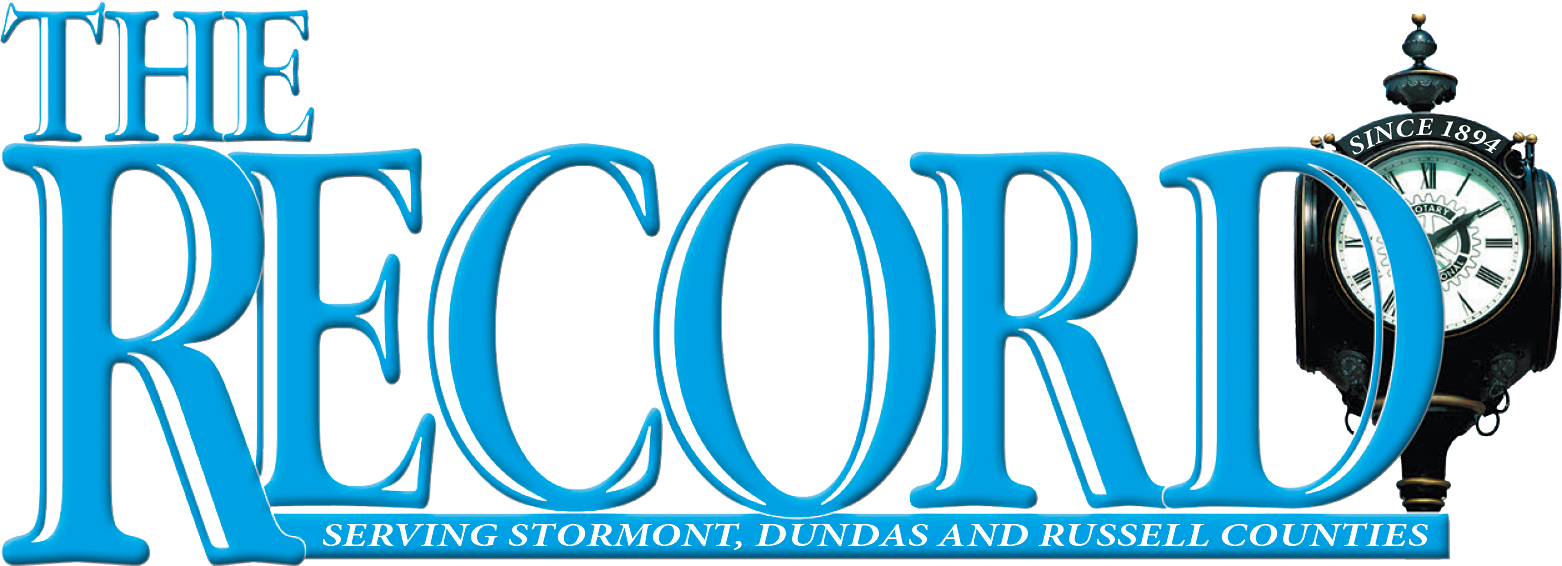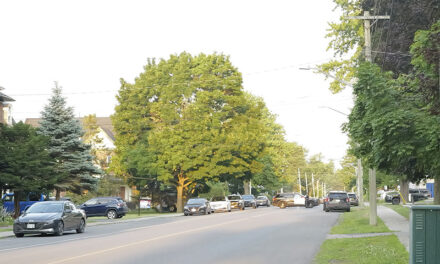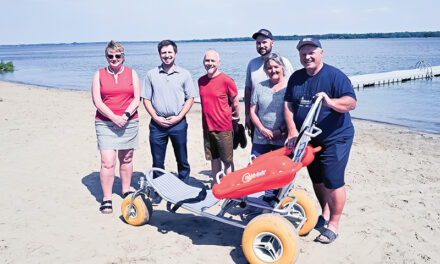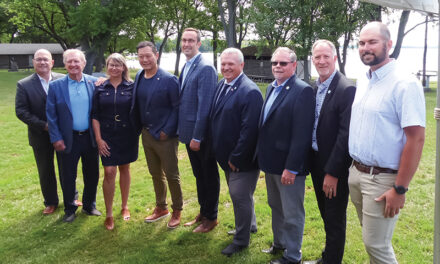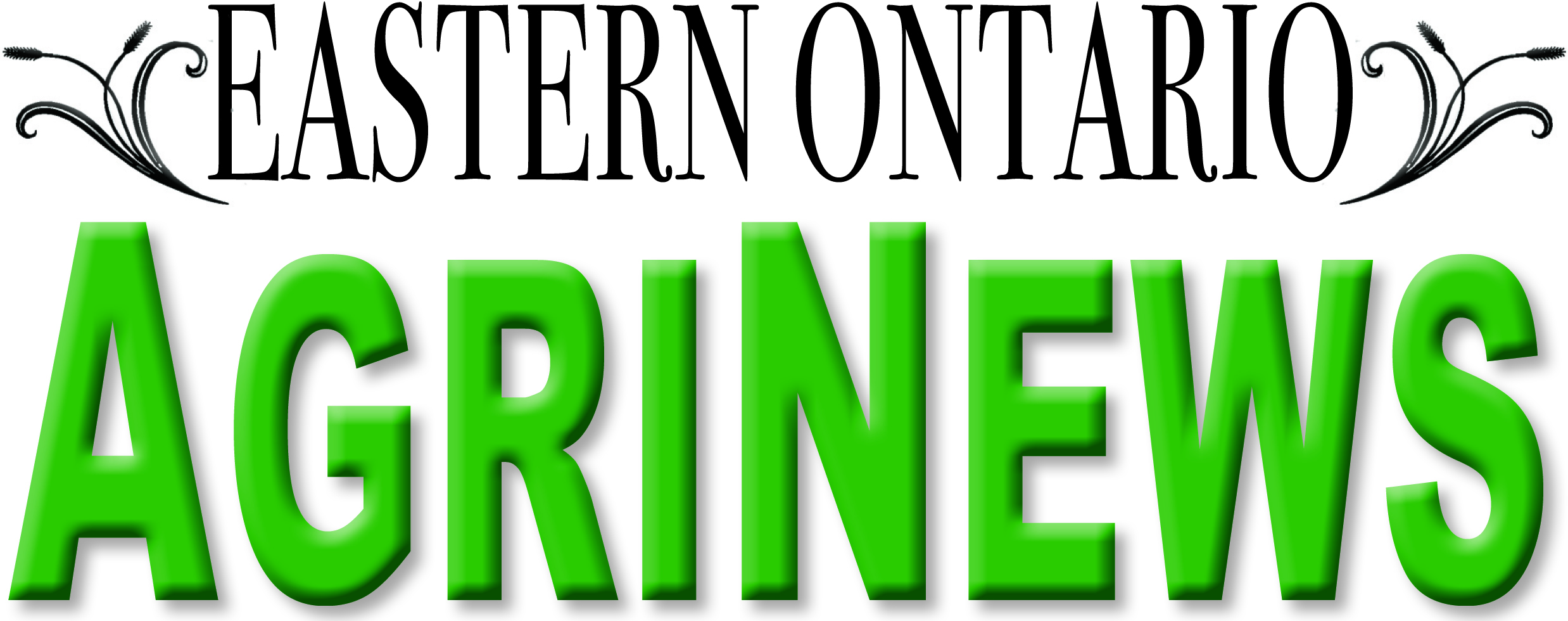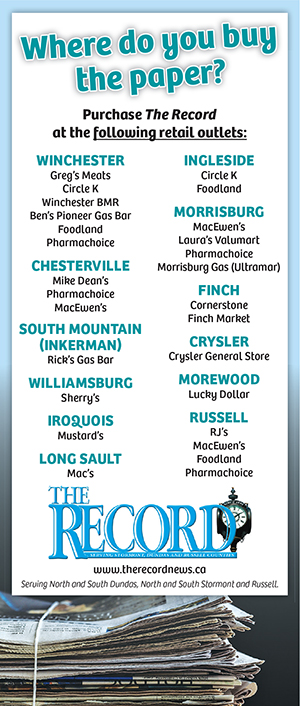CHESTERVILLE – Ontario is taking a step back from reaching the pandemic finish line.
With the numbers of Omicron cases soaring in the province, Ontario’s Premier Ford has re-imposed strict regulations in an attempt to slow down the Omicron virus which is the new variant of Covid and at the same time try and preserve what spaces Ontario hospitals have to deal with virus.
A press release from Ford’s office last week stated: In response to recent trends that show an alarming increase in COVID-19 hospitalizations, the Ontario government, in consultation with the Chief Medical Officer of Health, is temporarily moving the province into Step Two of its Roadmap to Reopen with modifications that take into account the province’s successful vaccination efforts. These time-limited measures will help blunt transmission and prevent hospitals from becoming overwhelmed as the province continues to accelerate its booster dose rollout. As part of the province’s response to the Omicron variant, starting Jan. 5, students will pivot to remote learning with free emergency child care planned for school-aged children of health care and other eligible frontline workers.”
Ford said, “As we continue with our provincial vaccine booster efforts, we must look at every option to slow the spread of the highly contagious Omicron variant.”
The province believes imposing these restrictions in place, in the short-term will give clinics and pharmacies the extra time needed to deliver more vaccines to Ontarians.
There is a concern that the Omicron virus which appears to have a high transmissibility could cause hospitals to become overwhelmed while healthcare workers catch it them selves and spend time off work.
The press release stated: “Real-world experience and evidence in Ontario reveal that approximately one per cent of Omicron cases require hospital care. The rapid rise of Omicron cases, which may soon number in the hundreds of thousands, could result in the province’s hospital capacity becoming overwhelmed if further action isn’t taken to curb transmission. When one in 100 cases goes to the hospital, it means that with this rapid increase in transmission the number of new cases requiring hospitalization will also rapidly increase daily. For example, 50,000 cases per day would mean 500 hospital admissions per day, which is greater than the peak daily hospitalizations of 265 per day from last spring, when hospitals were under significant strain during the third wave of the pandemic.”
The Chief Medical Officer of Health is expected to reinstate Directive 2 for hospitals and regulated health professionals, instructing hospitals to pause all non-emergent and non-urgent surgeries and procedures in order to preserve critical care and human resource capacity.
The restrictions include:
- Reducing social gathering limits to five people indoors and 10 people outdoors.
- Limiting capacity at organized public events to five people indoors.
- Requiring businesses and organizations to ensure employees work remotely unless the nature of their work requires them to be on-site.
- Limiting capacity at indoor weddings, funerals, and religious services, rites and ceremonies to 50 per cent capacity of the particular room. Outdoor services are limited to the number of people that can maintain two metres of physical distance. Social gatherings associated with these services must adhere to the social gathering limits.
- Retail settings, including shopping malls, permitted at 50 per cent capacity. For shopping malls physical distancing will be required in line-ups, loitering will not be permitted and food courts will be required to close.
- Personal care services permitted at 50 per cent capacity and other restrictions. Saunas, steam rooms, and oxygen bars closed.
- Closing indoor meeting and event spaces with limited exceptions but permitting outdoor spaces to remain open with restrictions.
- Public libraries limited to 50 per cent capacity.
- Closing indoor dining at restaurants, bars and other food or drink establishments. Outdoor dining with restrictions, takeout, drive thru and delivery is permitted.
- Restricting the sale of alcohol after 10 p.m. and the consumption of alcohol on-premise in businesses or settings after 11 p.m. with delivery and takeout, grocery/convenience stores and other liquor stores exempted.
- Closing indoor concert venues, theatres, cinemas, rehearsals and recorded performances permitted with restrictions.
- Closing museums, galleries, zoos, science centres, landmarks, historic sites, botanical gardens and similar attractions, amusement parks and waterparks, tour and guide services and fairs, rural exhibitions, and festivals. Outdoor establishments permitted to open with restrictions and with spectator occupancy, where applicable, limited to 50 per cent capacity.
- Closing indoor horse racing tracks, car racing tracks and other similar venues. Outdoor establishments permitted to open with restrictions and with spectator occupancy limited to 50 per cent capacity. Boat tours permitted at 50 per cent capacity.
- Closing indoor sport and recreational fitness facilities including gyms, except for athletes training for the Olympics and Paralympics and select professional and elite amateur sport leagues. Outdoor facilities are permitted to operate but with the number of spectators not to exceed 50 per cent occupancy and other requirements.
- All publicly funded and private schools will move to remote learning starting Jan. 5 until at least Jan. 17, subject to public health trends and operational considerations.
- School buildings would be permitted to open for child care operations, including emergency child care, to provide in-person instruction for students with special education needs who cannot be accommodated remotely and for staff who are unable to deliver quality instruction from home.
- During this period of remote learning, free emergency childcare will be provided for school-aged children of healthcare and other eligible frontline workers.
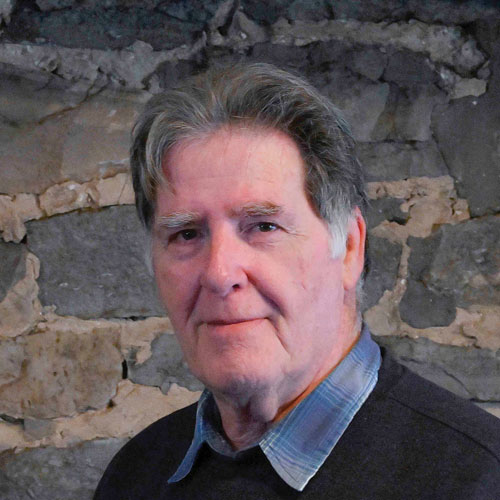
Joseph Morin is the Editor of the Eastern Ontario AgriNews, and the Record. He is, despite years of practice, determined to eventually play the guitar properly. He has served the Eastern Ontario community as a news editor, and journalist for the past 25 years with the Iroquois Chieftain, Kemptville Advance, West Carleton Review, and Ottawa Carleton Review in Manotick. He has never met a book he did not like.
